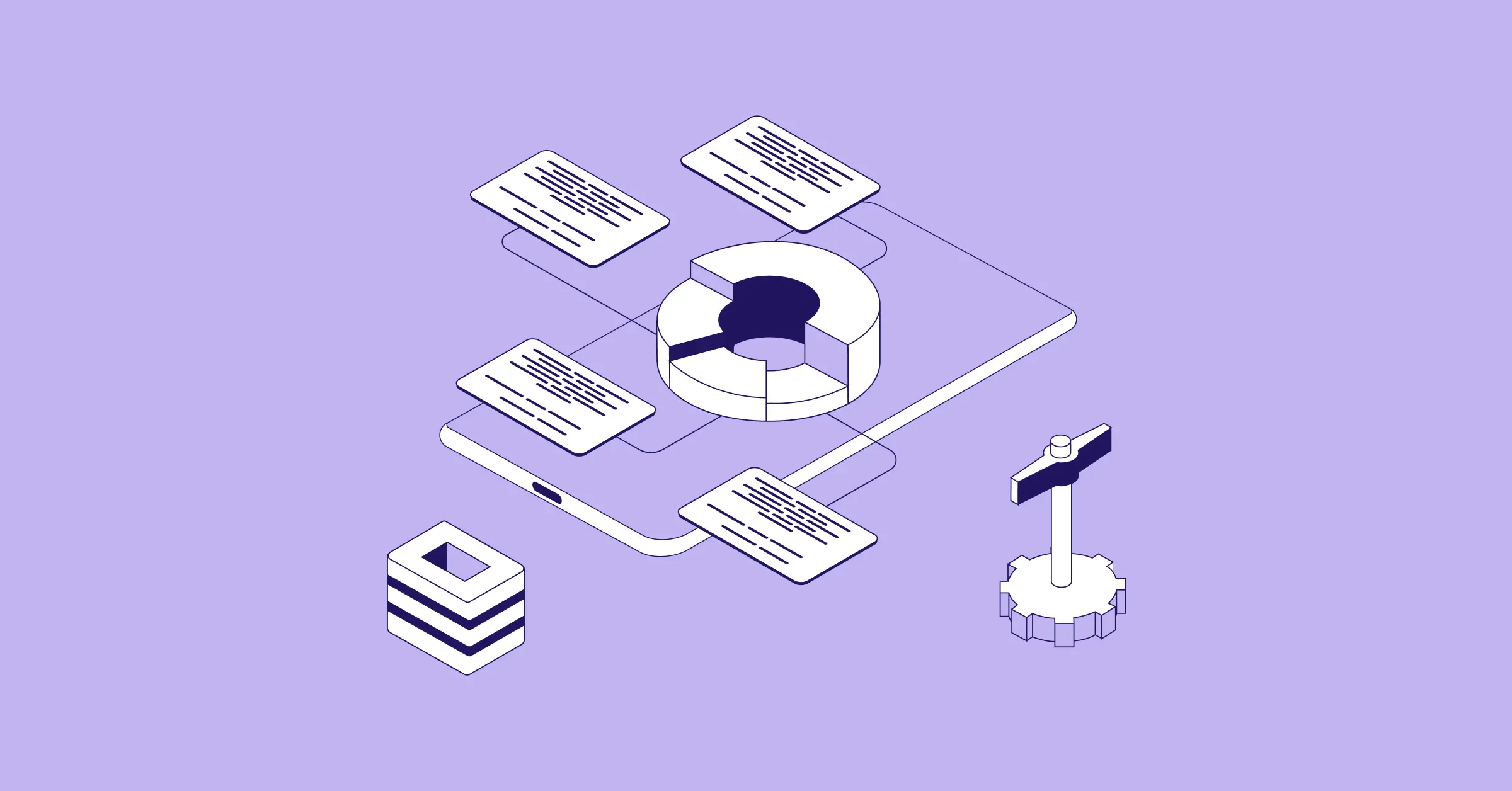July 08, 2024
5 Hidden Costs in Spend Management and How to Eliminate Them

Sign up for our newsletter
Stay informed with the latest trends and best practices in finance and procurement.

It’s been a rocky road the past couple of years. The pandemic and unstable markets have taken a toll on the financial health of companies.
Yet, the future is bright. More than half of businesses expect their budgets to increase by 2024. This follows a few years of simply focusing on savings. Today, organizations can use these extra funds to invest in optimizing procurement processes and increasing efficiency.
It all starts with scrutinizing spend management and uncovering the hidden costs. These charges can easily slip through the cracks—especially when focusing on big expenses. Identifying and eliminating hidden costs can significantly enhance your bottom line and drive profitability.
Here, we uncover five of the most common hidden costs in spend management and provide successful strategies to eliminate them.
1) Rogue Spend
Hidden Cost
This is the easiest hidden cost to tackle (and often the most common). Rogue (also called maverick) spend occurs when employees make purchases outside of the approved procurement process.
This type of noncompliance leads to higher costs, inconsistent pricing, and a lack of oversight on purchases.
Solution
A business needs to establish strict procurement policies and ensure they are communicated effectively throughout the organization. Smart procurement and spend management software can enforce compliance by restricting purchases to approved suppliers and allowing a business to set pre-defined spending limits. Regular audits and training will also curb rogue spend.
2) Inefficient Workflows
Hidden Cost
Inefficiencies in procurement lead to increased costss. Manual procurement tasks are time-consuming and prone to human errors, which causes delays and additional administrative fees.
Moreover, without a streamlined procurement process, organizations may miss out on bulk-purchasing discounts, early payment discounts, or favorable contract terms with suppliers.
Solution
Implementing an automated procurement system will significantly reduce inefficiencies. The software can automate purchase orders, approvals, and supplier management, ensuring speed and accuracy.
Additionally, using data analytics tools to track and analyze spend patterns will help a business negotiate better terms with suppliers and identify opportunities for bulk purchasing discounts.
Mobile tools are also incredibly convenient. By 2025, 75% of companies are expected to use mobile apps for expense management.
3) Poor Supplier Management
Hidden Cost
Poor supplier management can be quite costly for a business. Late payments mean missed discounts, possible fees, and eventual higher prices. Ineffective collaboration and supplier communication can cause delayed deliveries and even compromise quality, further driving up costs.
Solution
Develop a robust supplier management plan that includes feedback sessions and regular performance reviews. A business should use supplier management software to:
- Ensure timely payments
- Manage contracts
- Track supplier performance
Building stronger vendor relationships with top suppliers can also prompt better terms, ultimately reducing costs and saving money for the business.
4) Manual Processing
Hidden Cost
Manual invoice processing is time-consuming and prone to errors, like duplicate payments, incorrect amounts, and missed discounts for early payments. These mistakes will significantly inflate costs and damage supplier relationships. It’s also wasteful of resources and eats up budgets for office supplies.
Solution
An automated AP solution will minimize invoice processing errors using technologies like optical character recognition (OCR) to capture invoice data accurately and quickly.
5) Fragmented Data
Hidden Cost
Without comprehensive visibility into spending, companies struggle to identify cost-saving opportunities and make more informed financial decisions. Fragmented spend data will result in missed opportunities for cost reduction and inefficiencies in budgeting and forecasting.
Solution
Invest in spend management tools that offer real-time visibility into all expenses across an organization. These systems have detailed reporting and analytics capabilities, allowing for better spend tracking, analysis, and management. Regularly reviewing this data can help identify trends, uncover hidden costs, and drive strategic decision-making.
Gartner predicts that by 2025, 80% of companies will use expense analytics tools to drive business value from their expense data.
Conclusion
Hidden costs in spend management can significantly impact a company’s financial health, especially when they come as a surprise. By recognizing and addressing these costs, businesses can improve efficiency, reduce waste, and enhance profitability.
Implementing automated procurement and accounts payable systems is critical in eliminating inefficiencies and errors. Establishing clear policies and enforcing compliance can curb rogue spend, while effective supplier management can lead to better terms and reduced costs. Additionally, leveraging technology for spend visibility provides the insights needed to proactively identify and address hidden costs.
In today's competitive business environment, staying ahead of hidden costs in spend management is not only beneficial—it’s critical to running efficient operations. By taking a thoughtful approach and investing in the right tools, organizations can achieve greater financial control and drive long-term success.

